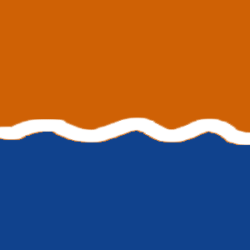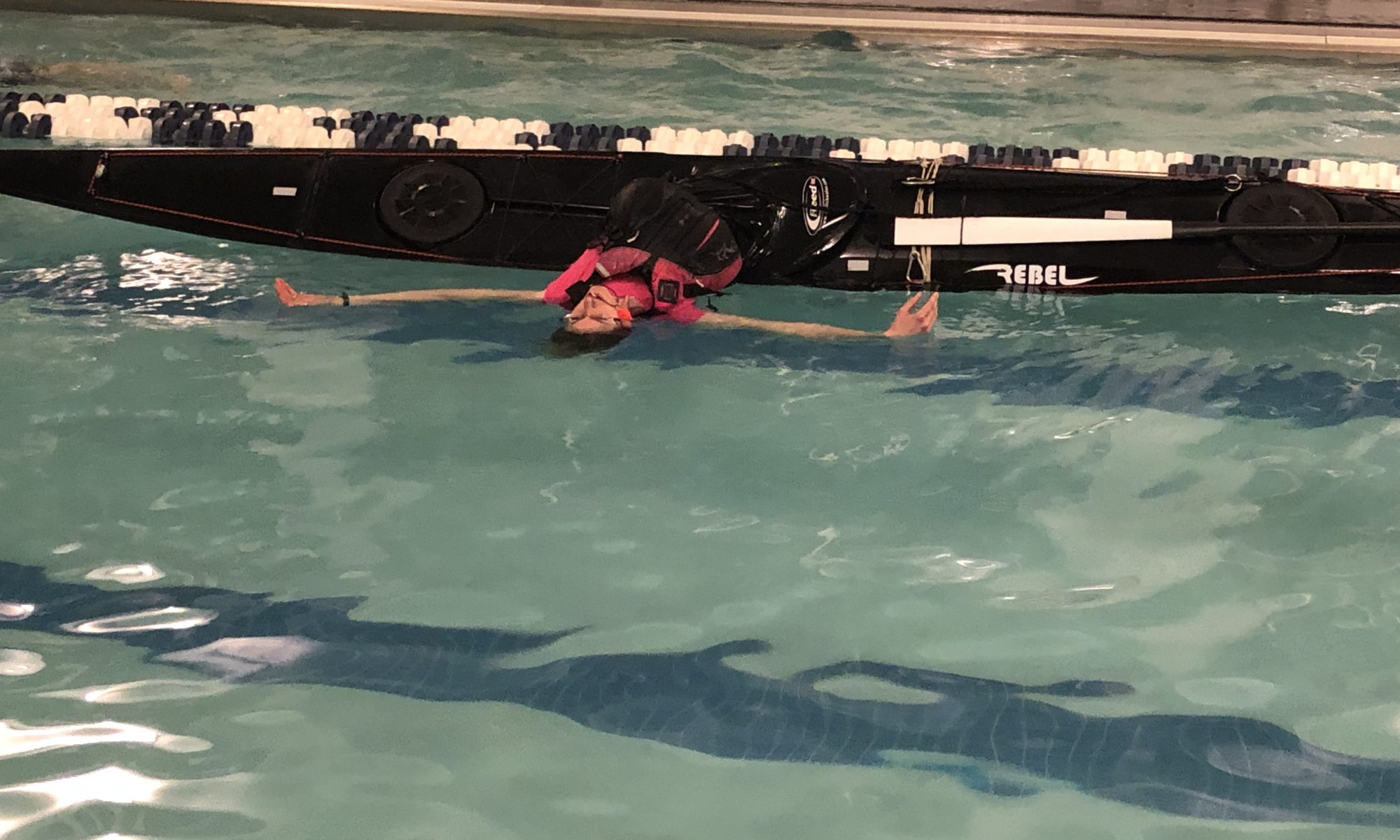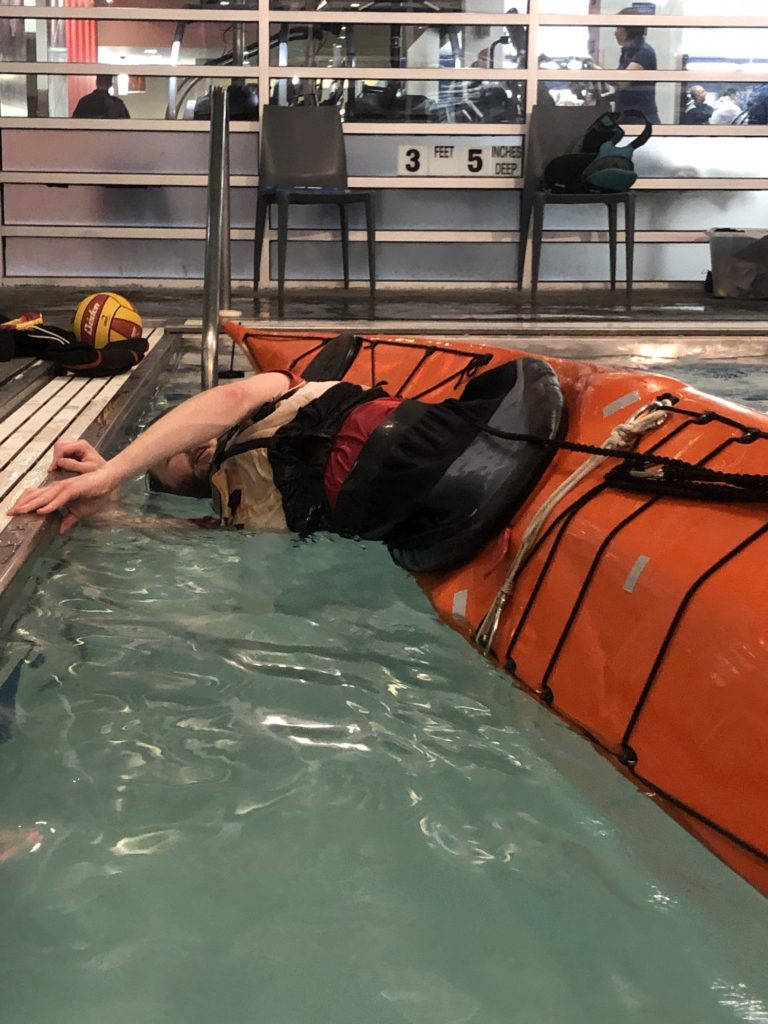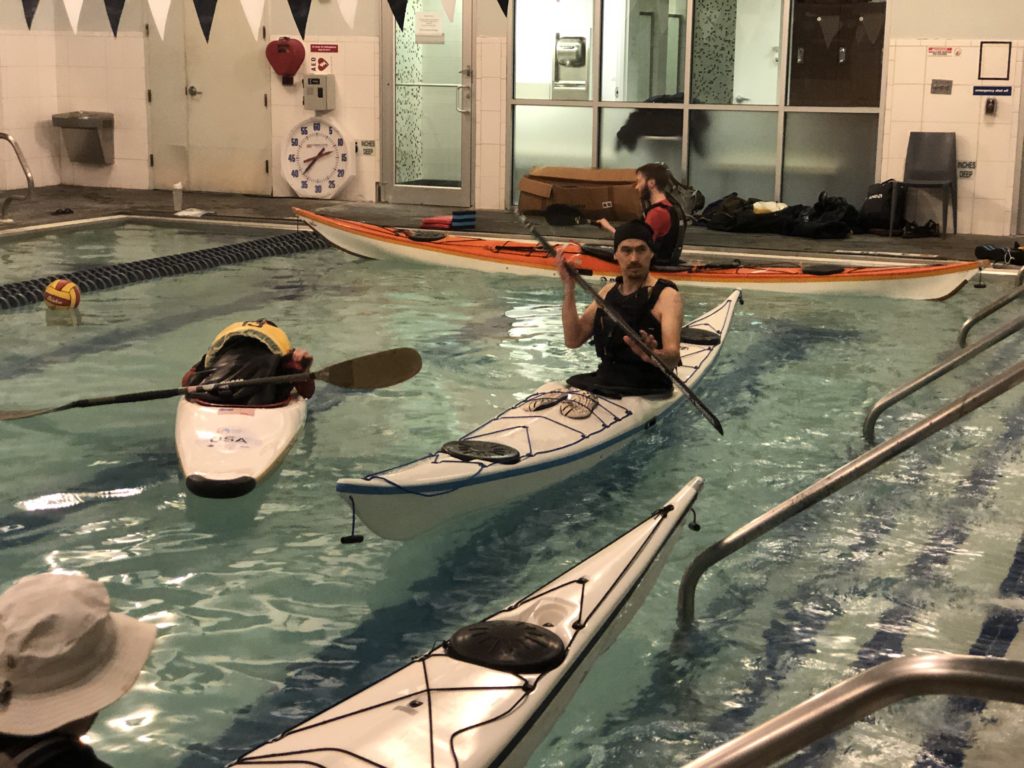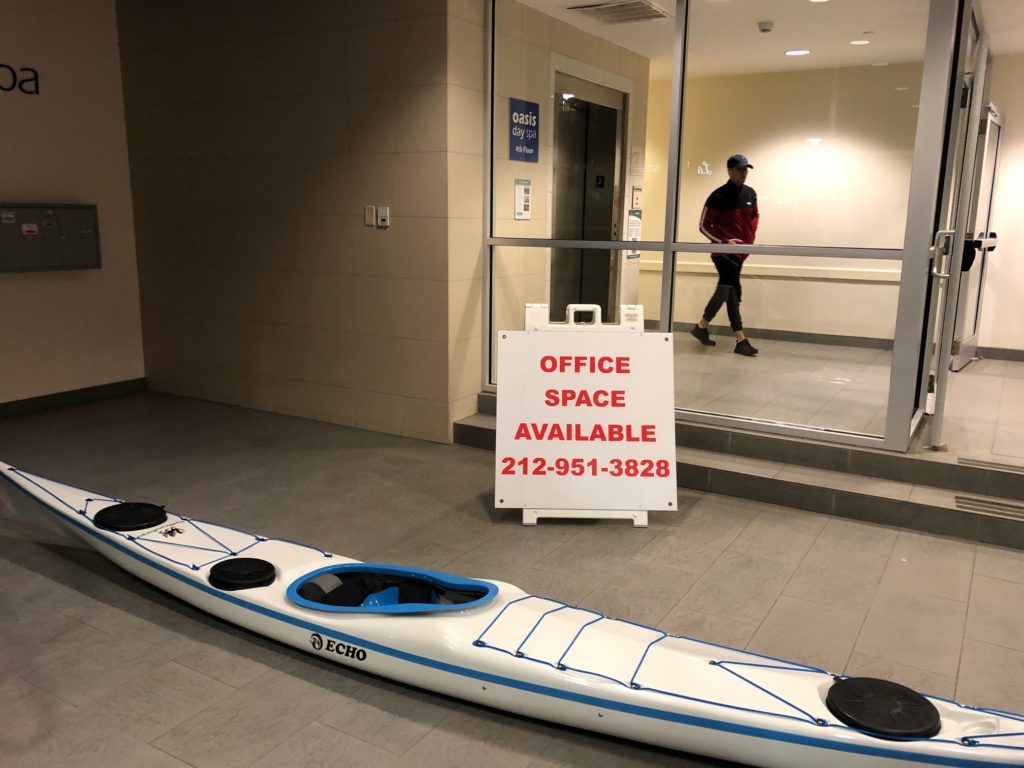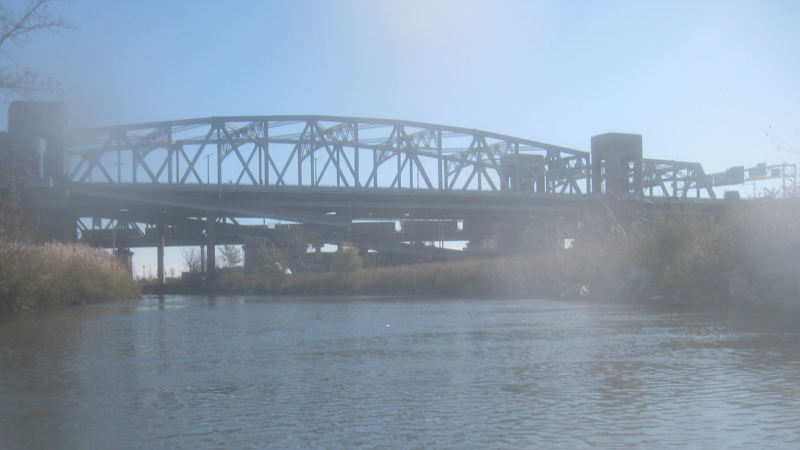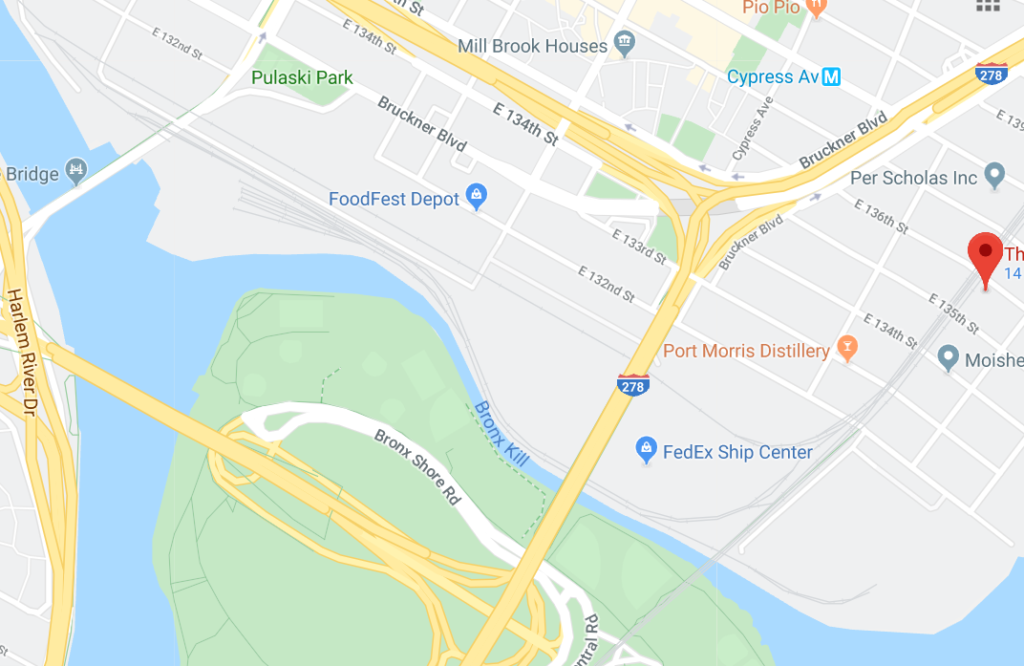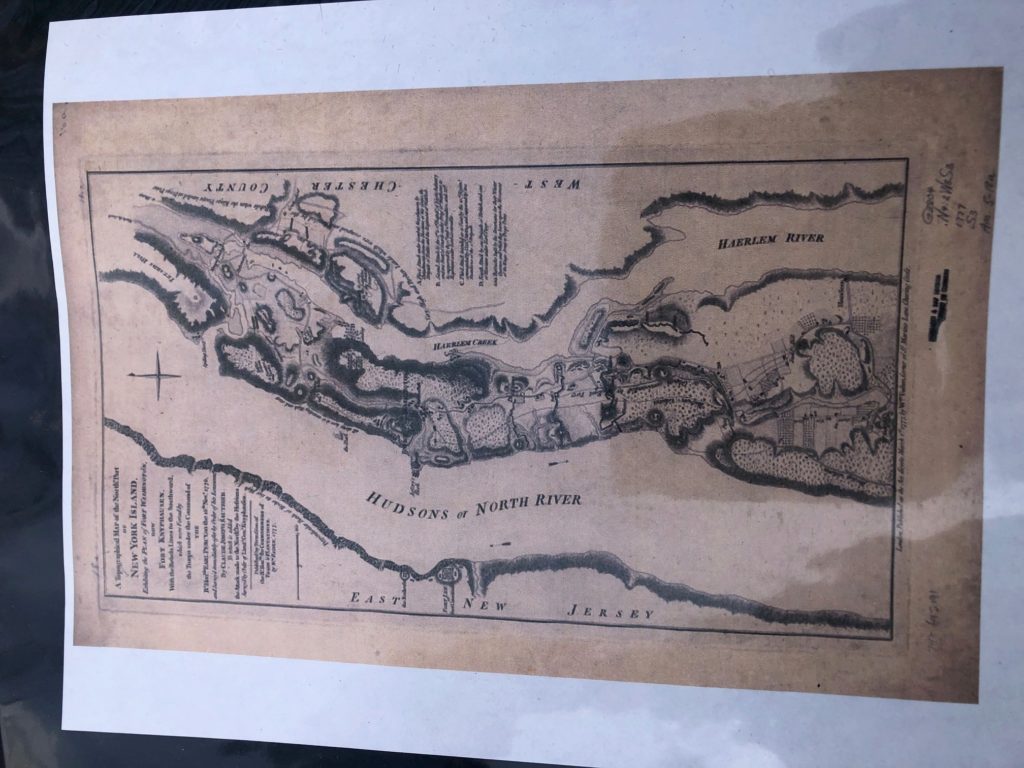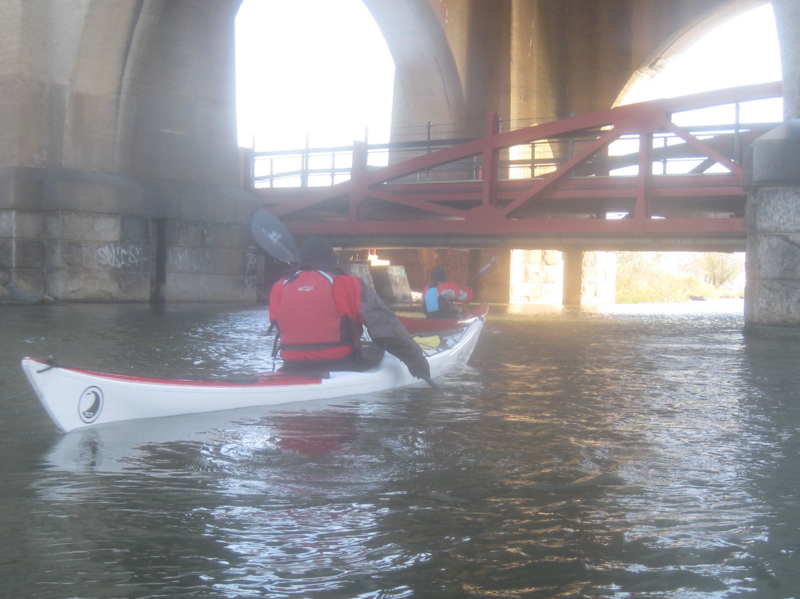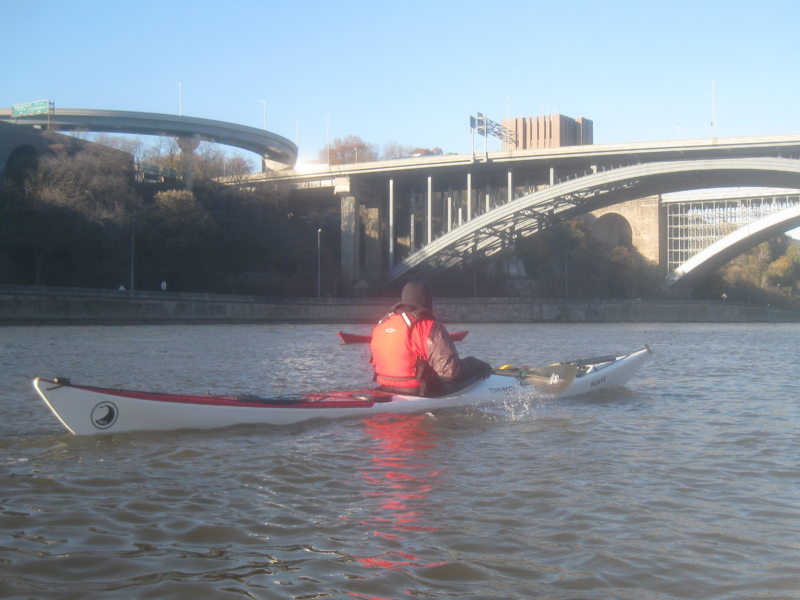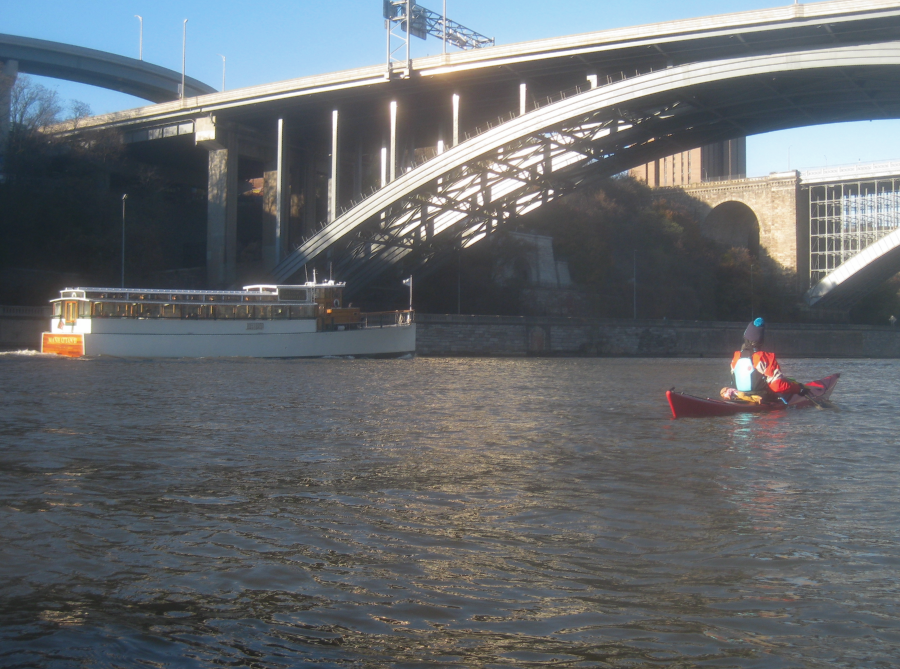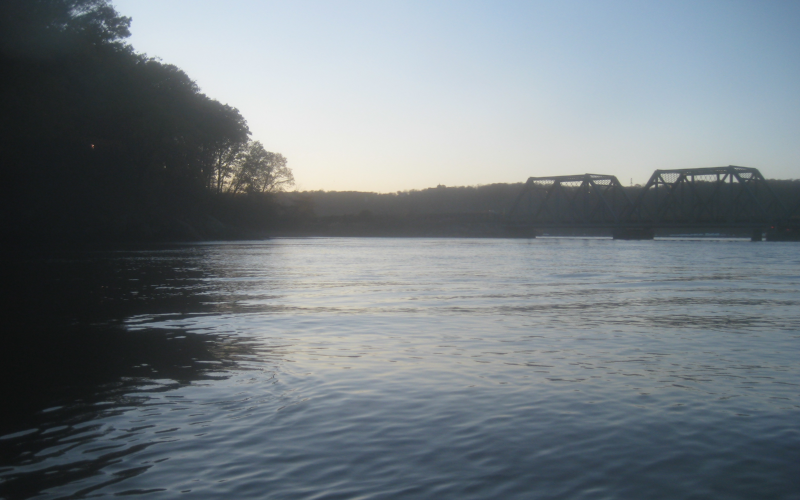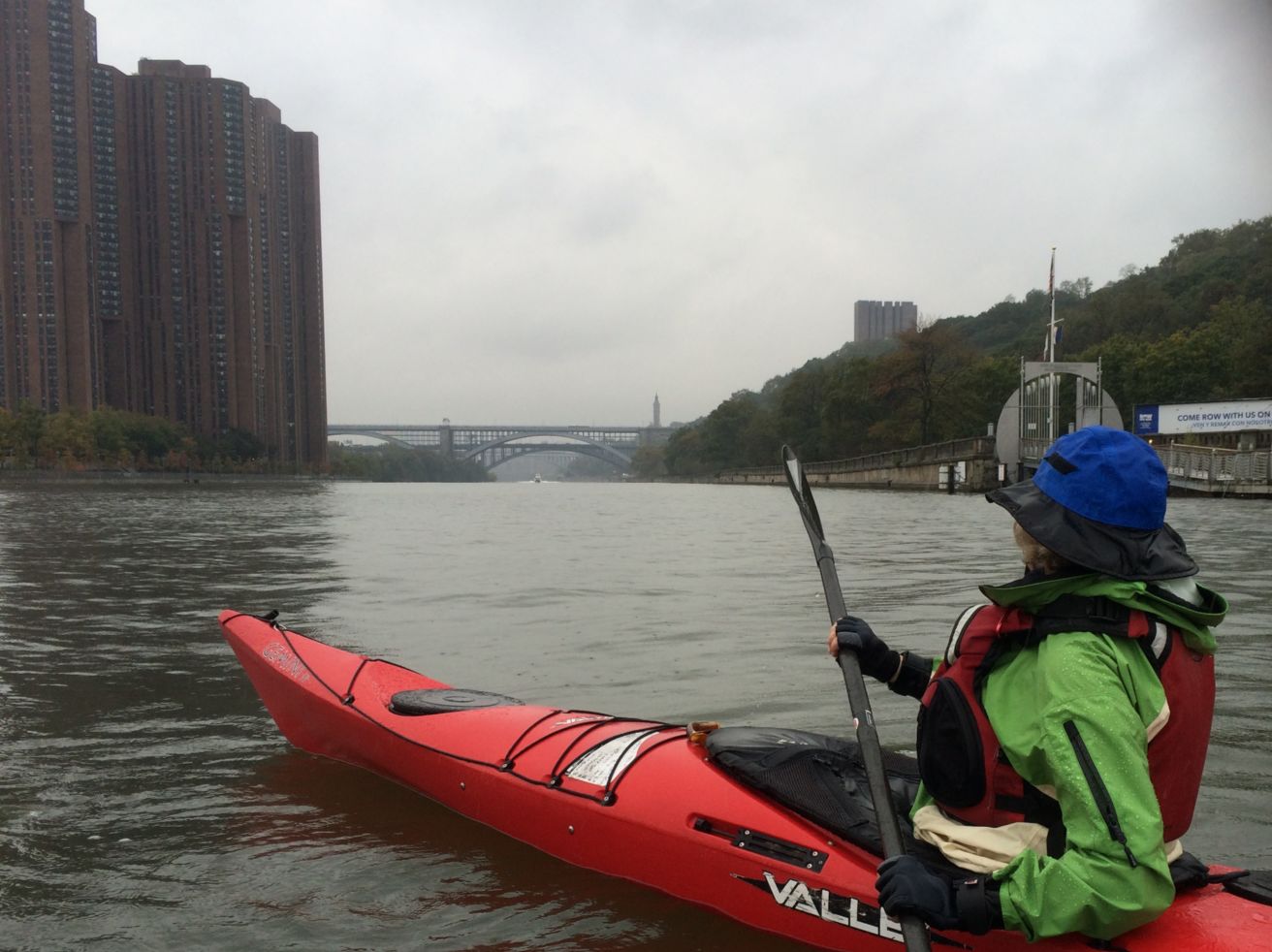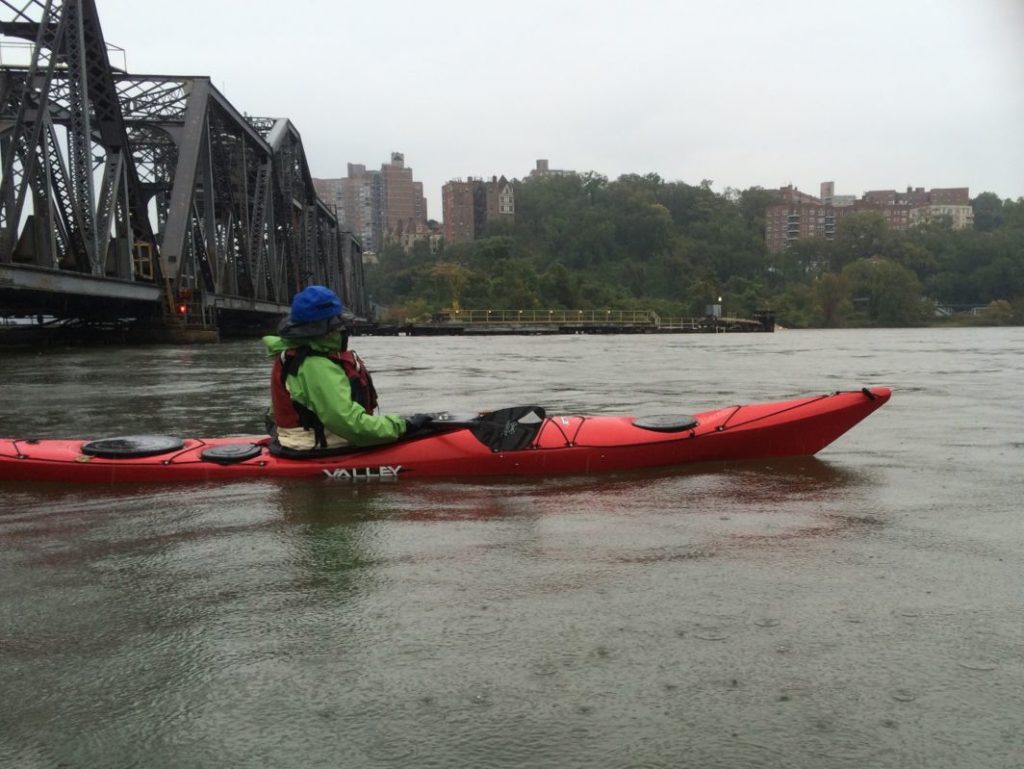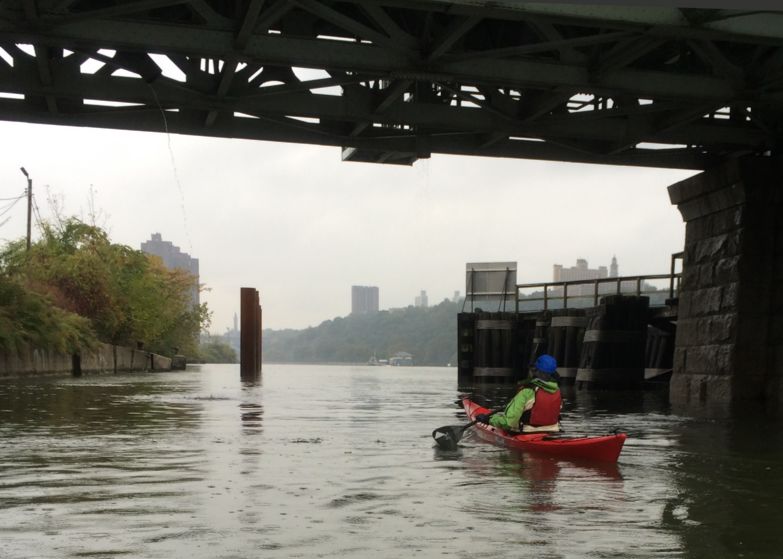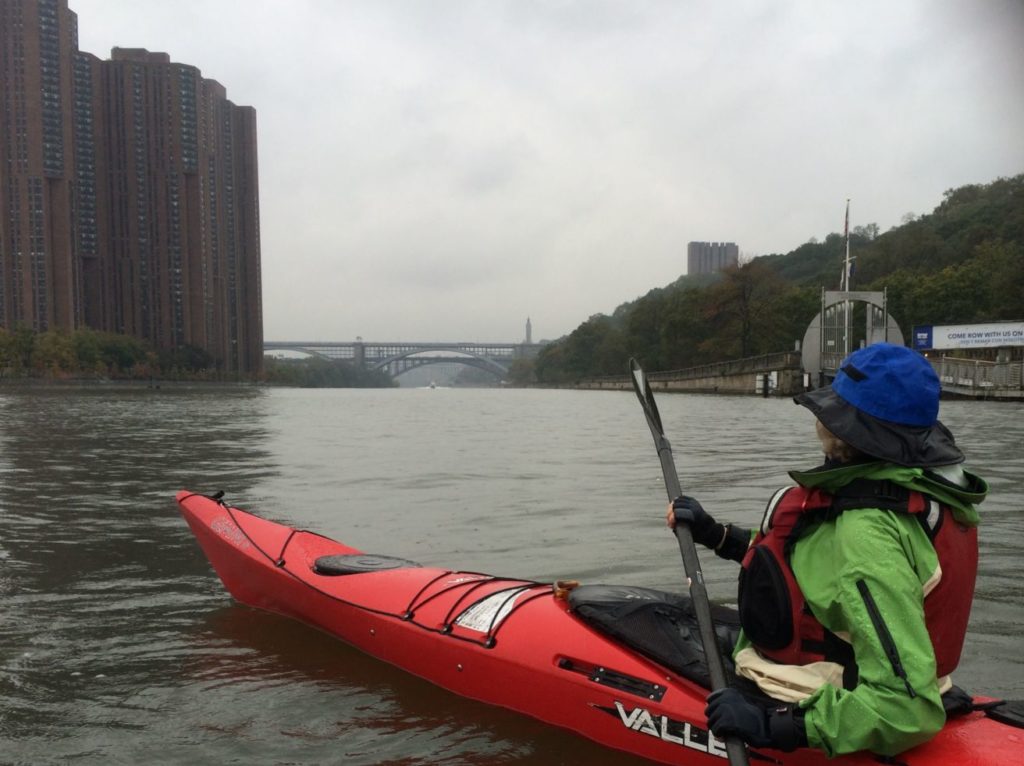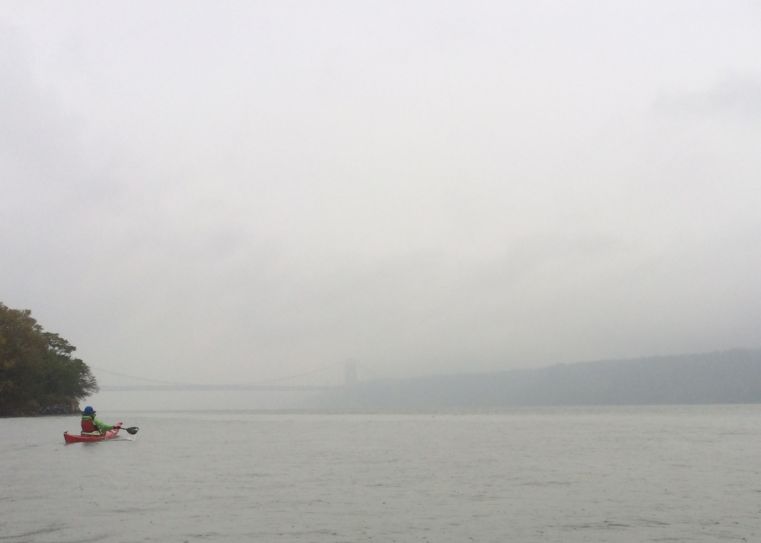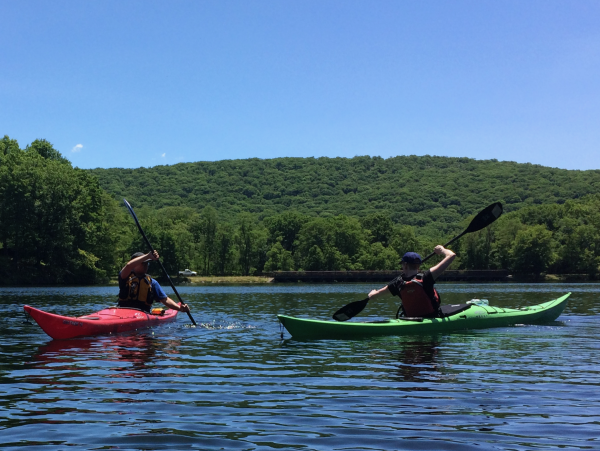If you’ve been paddling for a while, especially with other paddlers, you may have heard about “stars” or “levels”. You may also have heard of the “American Canoe Association” or “British Canoeing”. This document describes what these are.
Awards in general are essentially a way to demonstrate that at some point, you were observed exhibiting all the skills required to qualify for an award. Awards are organized in a spectrum of skills, so there are entry-level awards to demonstrate accomplishment in paddlesport fundamentals, mid-range awards to demonstrate experience and skill, and advanced awards to demonstrate a high performance level. Awards are generally discipline-specific as well, for sea kayaking, whitewater, racing, etc.
Not everyone is interested in an award, but they are a good bit of shorthand when joining a group, guide, or club. To say, “I passed a level 2 skills assessment” or “I have a Three Star paddling award” can be useful for conveying to someone what your experience is. That said, most guides and instructors will still observe you, in case you’re rusty (or lying!), but it at least establishes a baseline expectation of your paddling ability.
Awards and their criteria are defined and managed by paddlesports organizations and their associated awarding bodies. I describe two below; there are others, but I’ve encountered them rarely and know little about them. Generally, you don’t need to be a member to take most courses listed with an organization, but you will need to be a member in order to receive an award.
The American Canoe Association (ACA) has representation around the world but is primarily based in the United States. Membership has an annual cost, with a base membership fee; additional fees apply for instructors and professional or semi-professional athletes participating in sanctioned events. There are a number of benefits to being an ACA member; notably for the NYC metro area, access to the ACA camp at Lake Sebago in Harriman State Park. Only ACA members may use the camp. ACA awards for sea kayaking run levels 1-4; there is a level 5 for some disciplines. You can learn more about the ACA’s awards, known as assessments, here.
British Canoeing (formerly known as the British Canoe Union or BCU; British Canoeing is the current name), also has representation around the world. British Canoeing re-organized their awards scheme, and there is now a free membership option. Most of the membership perks do not apply to members outside the United Kingdom, but there are free and low-cost online resources available to members. While known for the “Star” system, British Canoeing has done away with stars in favor of newly-named personal performance awards. Awards are generally delivered through a member’s “home nation” canoeing association; for non-UK residents this is British Canoeing International.
Which Awards and Awarding Bodies Are Right For Me?
There are only so many ways to paddle a boat. Most of the real differences between the ACA and BC are in how material is organized and presented, and also how they relate to their respective nations’ as governing bodies for competitive sports. The best coaches I have worked with have been qualified in both systems.
Put another way, there isn’t an ACA way to paddle forwards, nor is there a BC way to paddle forwards. Both organizations continually assess and revise their curriculum, and if you ever get to talking with someone who’s been around long enough, you’ll learn that everything old is new again.
Generally, work with whatever system your paddling mates are using, or what’s available to you locally. In the US that generally means joining the ACA and taking advantage of those resources. However, there are small colonies of great BC-trained instructors in New York and New England, so that path isn’t entirely impossible.
Julie (that’s me!) can deliver courses and awards in both the ACA and British Canoeing. I’ll be honest, keeping up to date in both schemes means training takes more time and resources. It’s been worth while.
If you want to know more, drop me a note. Most of the awards classes I have run have been for clubs, but if you’ve taken more than a couple of courses, or have been paddling a while, you’re probably ready for the challenge if you’re interested.
